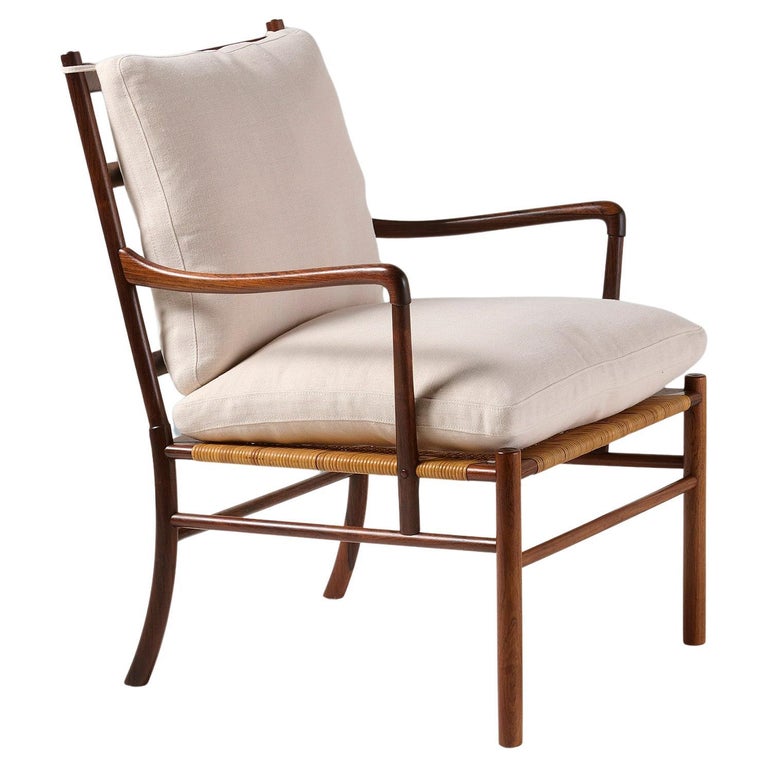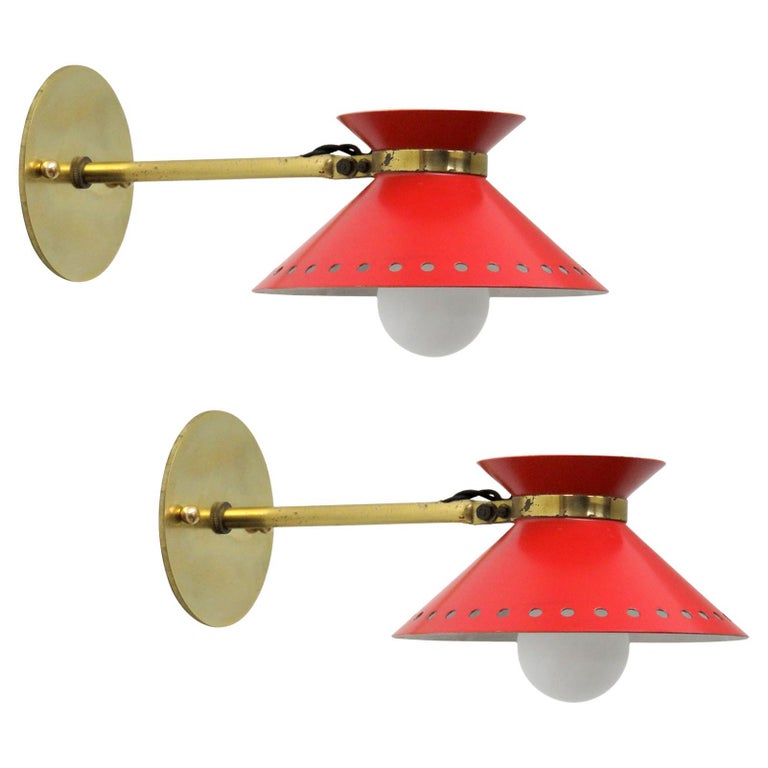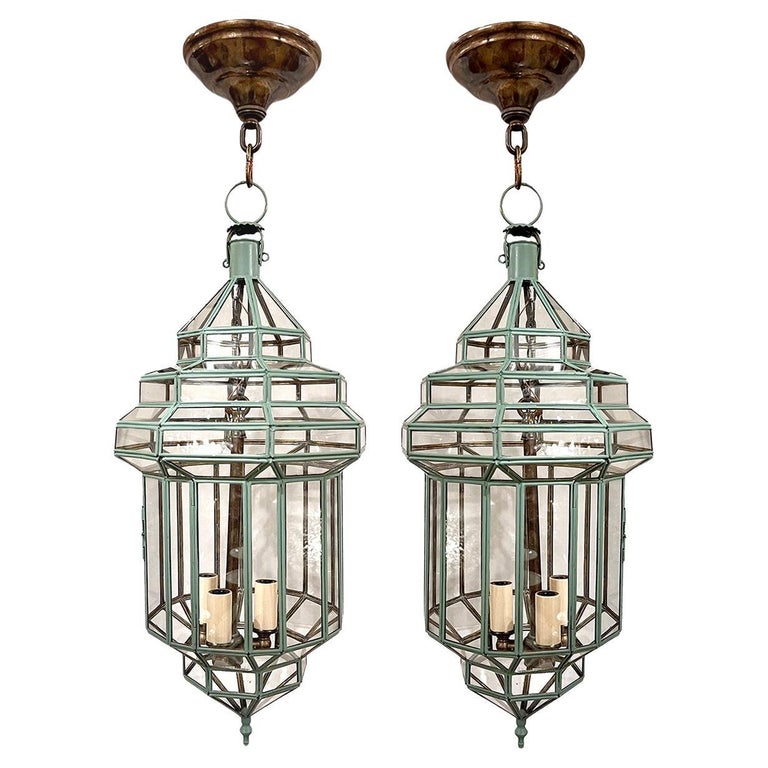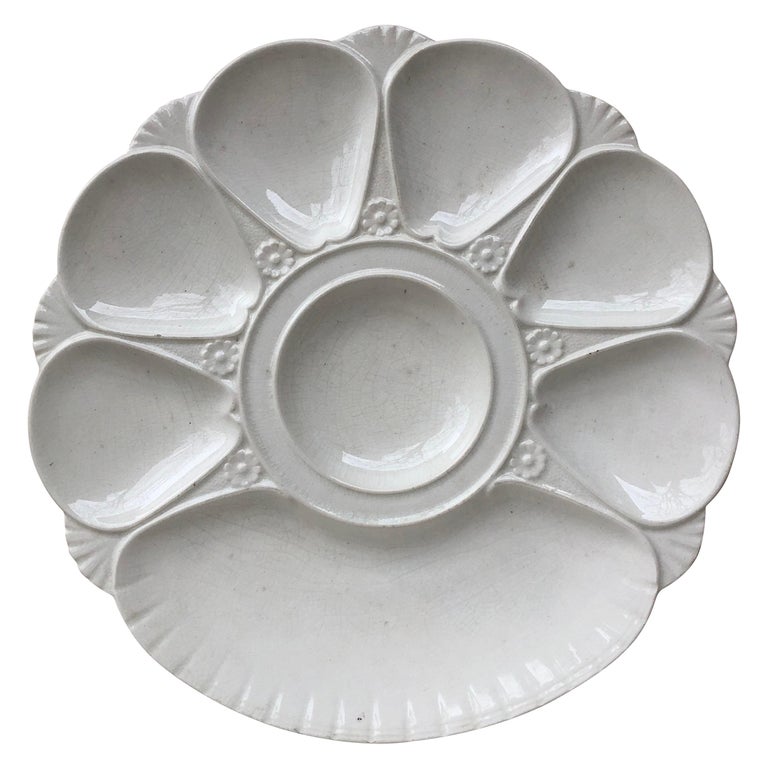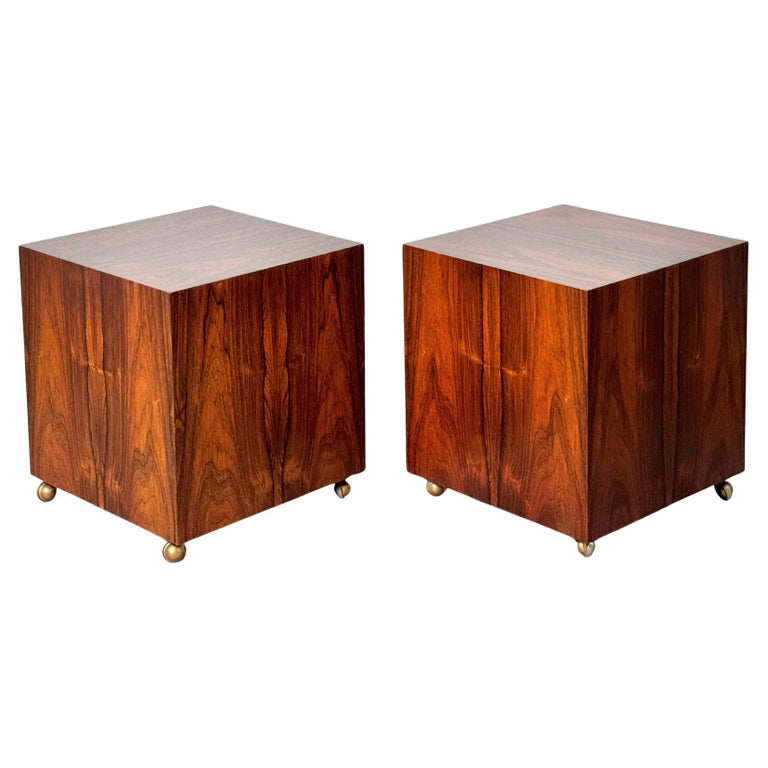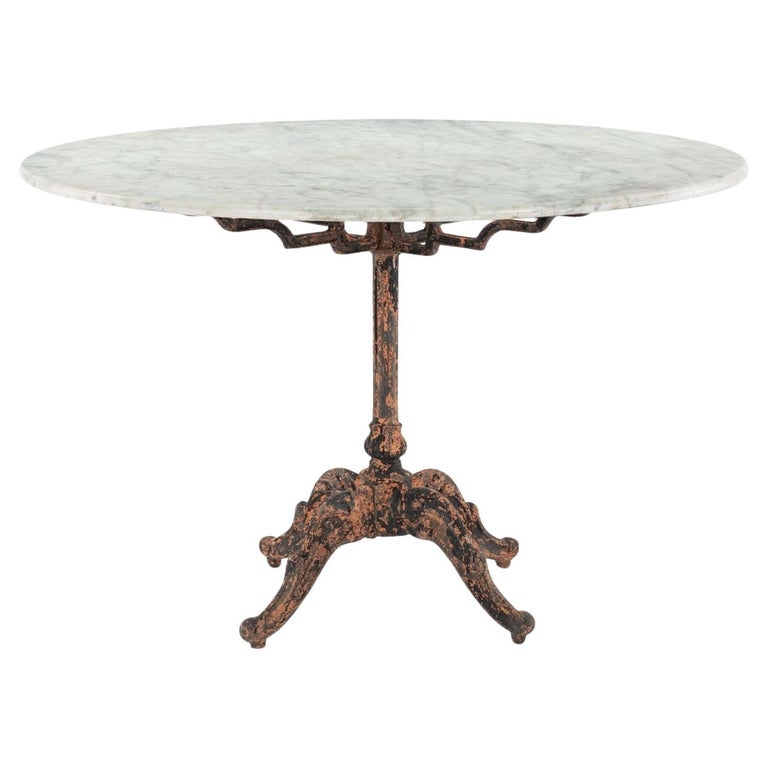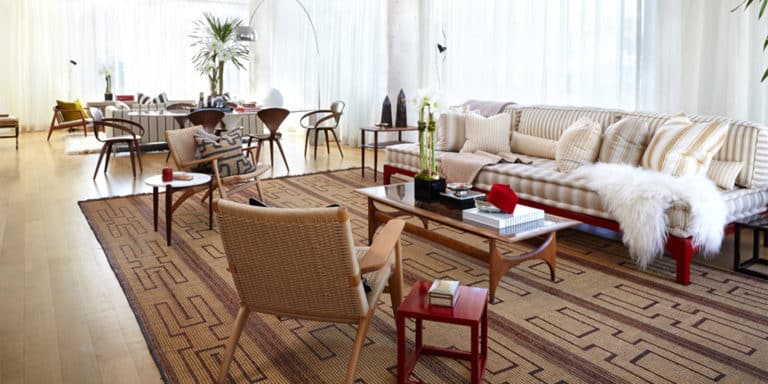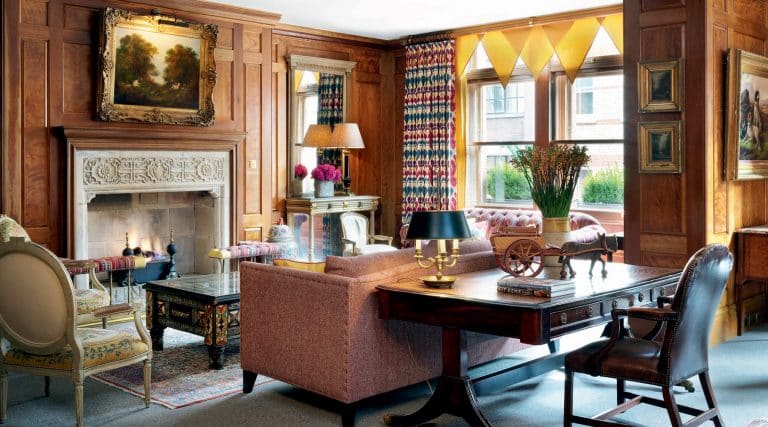October 20, 2024By the time Allegra O. Eifler was in her late 20s, she had the sort of dream job coveted by anyone passionate about style and design. As the global creative curator for antiques and vintage at Ralph Lauren, she scoured the globe for decorative objects, textiles, jewelry and fashion that the brand sold in its boutiques and used as inspiration for its collections. And she loved it.
“It was a big, exciting job, with lots of travel and lots of four a.m. wake-up calls and two a.m. bedtimes,” she recalls with a certain wistfulness. “And I learned so much about antiques from some of the best dealers in the world. It was incredible.”
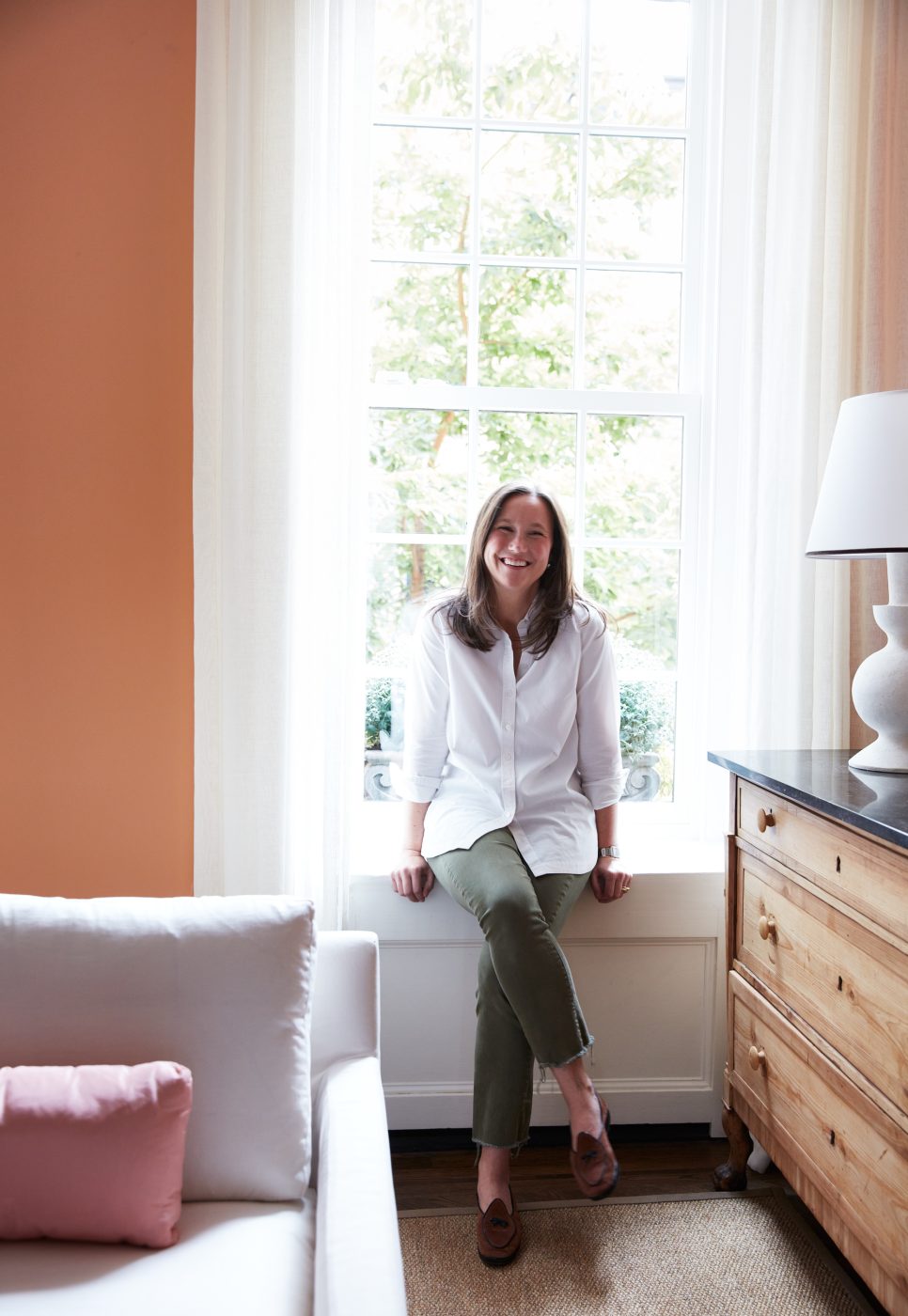
It wasn’t, however, all that she desired to do. “In the back of my head, I’d always wanted to be in home design. It was something I couldn’t shake,” says Eifler, who grew up in the Brooklyn Heights historic district, the daughter of nonprofit founder and executive Cecilia Cobb Clarke and architecture critic Nicolai Ouroussoff. And so, after a decade with Ralph Lauren, she left to study interior design at New York’s Parsons school.
From there, she found two more dream jobs. The first was with interiors star Katie Ridder, who, Eifler says “really taught me how to properly design. I learned about scale and furniture shapes, custom upholstery and trim, comfort and color. She gave me that foundational knowledge.”
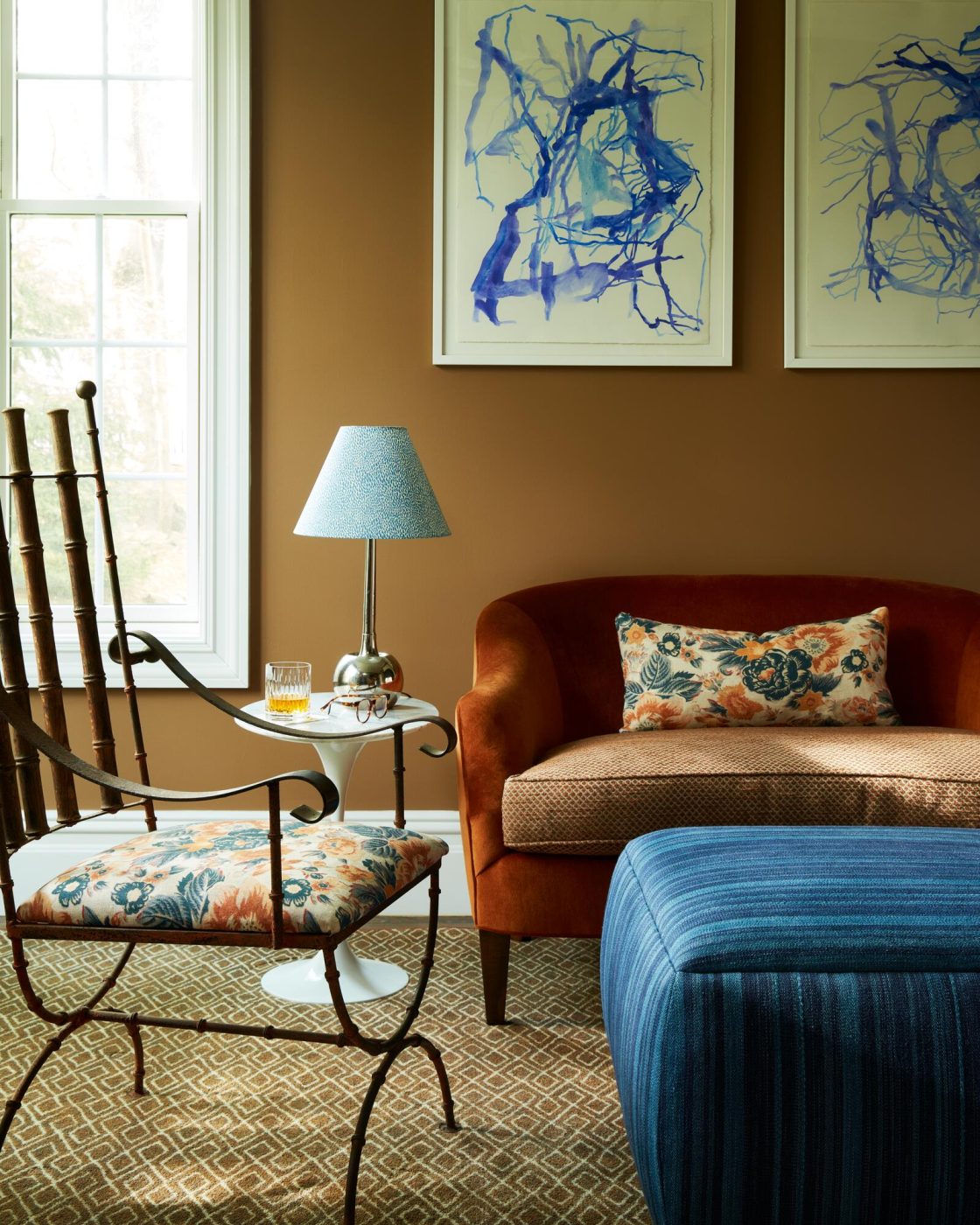
The second was working for another A-lister, Timothy Whealon, from whom she learned “how to hold back and how to prioritize what to use and when,” she says. “He taught me how to focus on who I am as a designer and how to refine what I do.”
Today, she brings that focus and refinement to an ever-expanding portfolio of largely New York–area residential commissions, whose look and feel combine elegance, livability and cheerfulness. Projects have also taken her to Massachusetts’s Cape Cod and as far afield as Carmel, California.
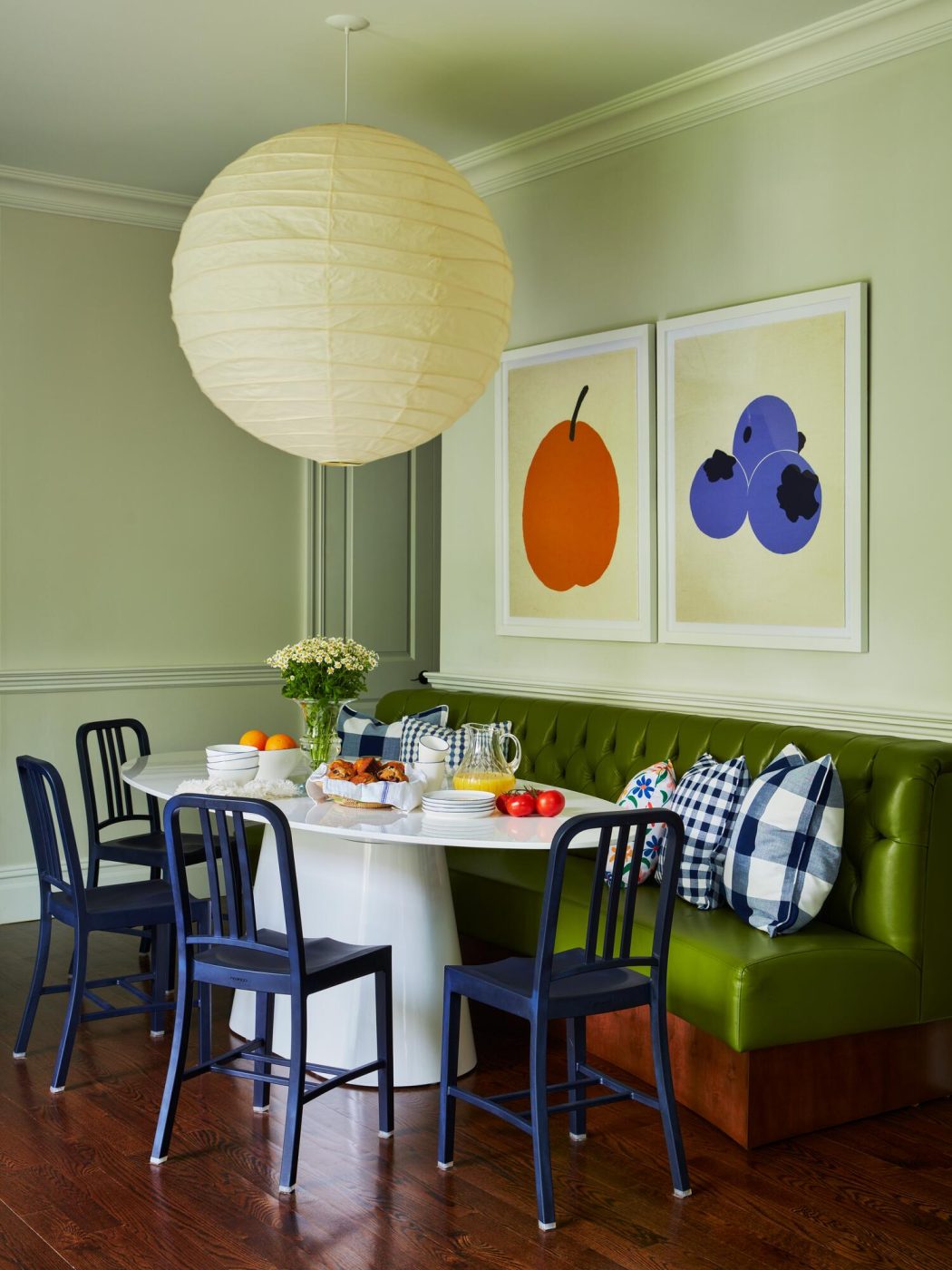
One early foray was to northern New Jersey, where she was tasked with creating a suburban home for a young family of relocating New Yorkers. The clients’ wanted their new house to have two distinct sorts of spaces: relatively formal entertaining areas, for the parties they liked to throw, and knockabout zones, for play time with their two little kids, explains the designer, parent of two small children herself.
Although this house came with some rather serious neoclassical architecture inside and out, the owners desired “something that was fresh and easy and that didn’t take itself too seriously,” says Eifler. In other words, something, right up the designer’s alley.
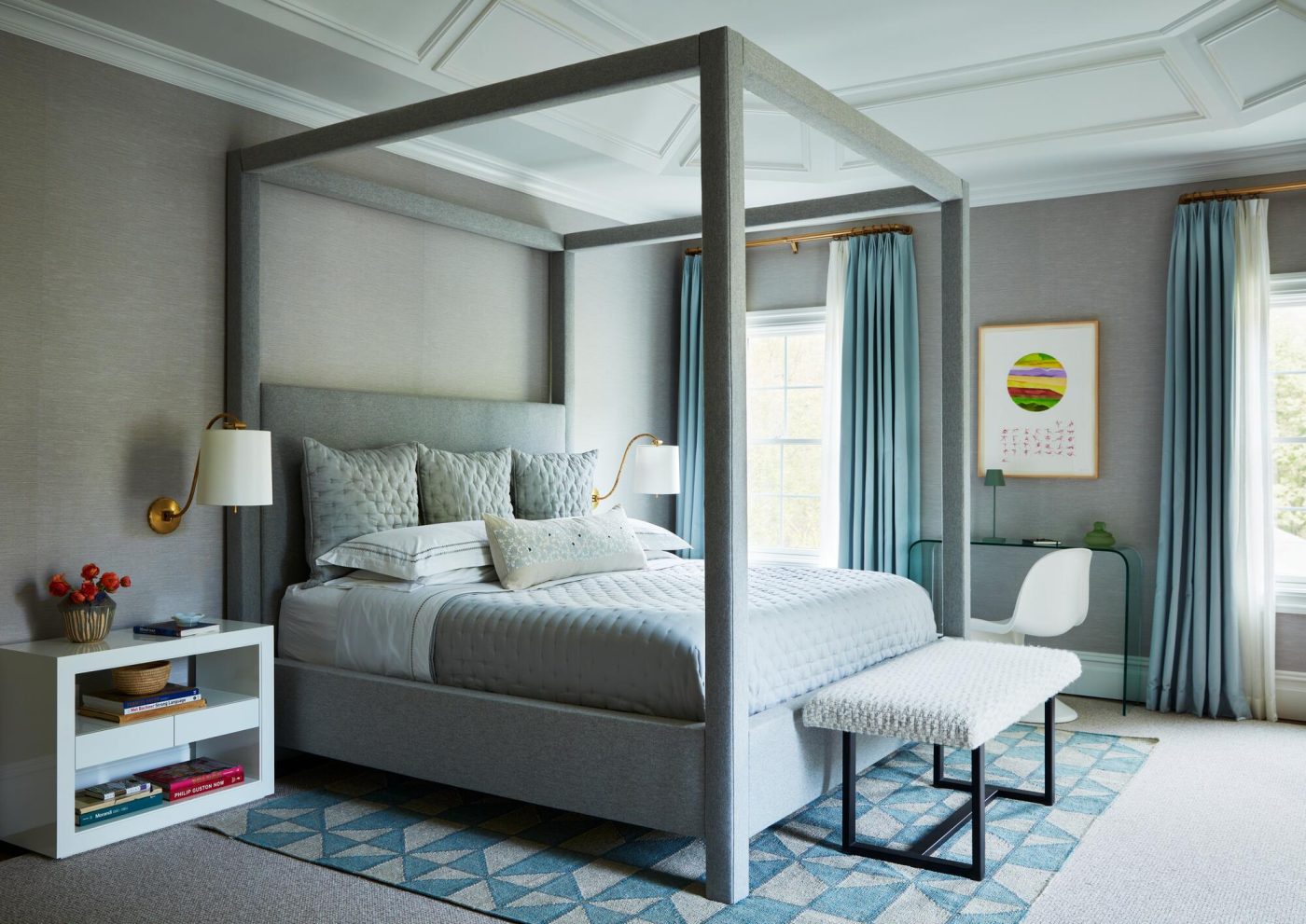
Eifler took inspiration for the home’s decor from a gestural 21st-century abstract painting by Canadian artist Ricardo Rumi, which she found early in the design process. It provided the foundation for her color palette and the shapes of the contemporary and modern furniture she chose to offset the traditional architecture.
That picture now hangs over a custom sofa in the pale-blue living room, accompanied by a 1950s travertine coffee table, a Curtis Jeré wall sculpture from the mid-1970s and a newly restored mid-century crystal chandelier that belonged to the grandmother of one of the clients.
A similar blue swathes the dining room, while caramel hues define the walls of the study. Blue reappears there in the reupholstered cushion of a mid-century faux-bamboo and metal curule armchair.
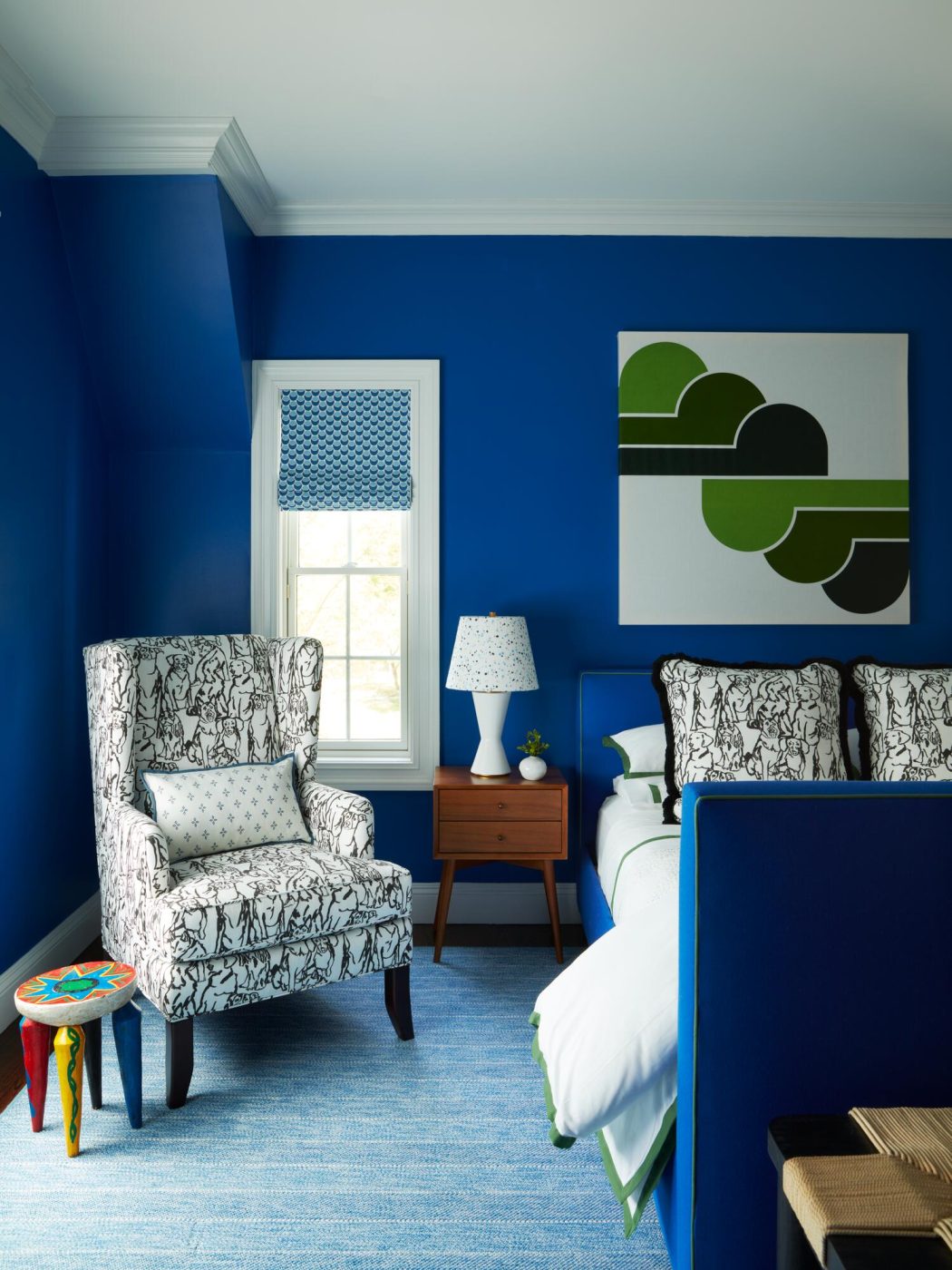
One of the sons, meanwhile, requested a bedroom that celebrated his favorite hue, an almost Yves Klein azure, which, Eifler notes, is “not a particularly easy color.” She made it work by adding warmth in the form of a vintage American wing chair, a honey-hued wooden nightstand and a hand-crafted stool from Ivory Coast. “He loved the room when he saw it,” Eifler says.
“What made this project really fun was that the clients wanted their kids to be happy, they wanted their extended family to be happy, they wanted to be happy.”
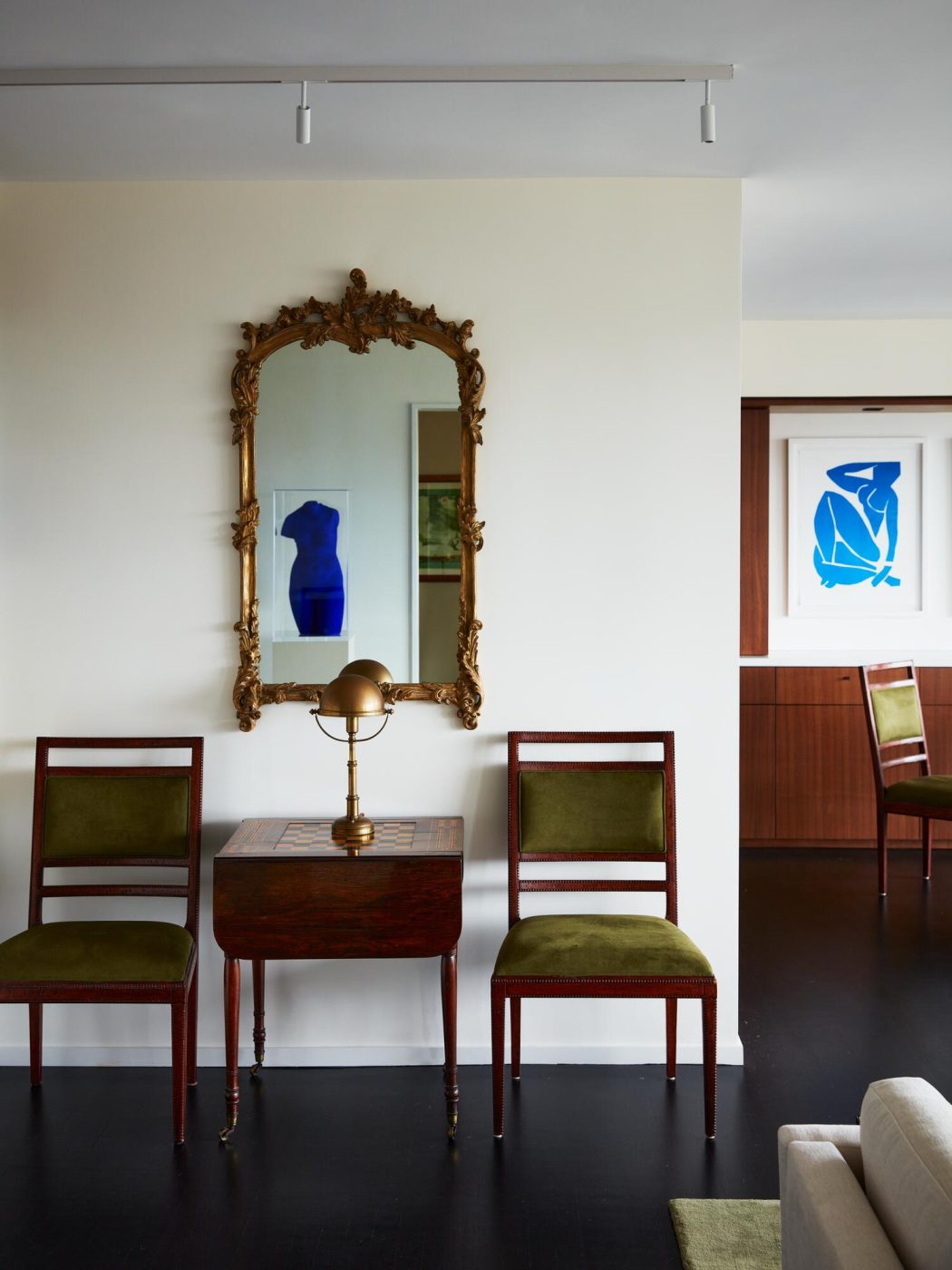
Back in Manhattan, Eifler brought happiness to a Dallas-based client whose new Madison Avenue pied-à-terre needed a decor that would highlight its sweeping Central Park vistas and her equally impressive holdings of works on paper, including pieces by Sonia Delaunay, Helen Frankenthaler and Jasper Johns.
To that end, Eifler, used a very dark ebony on the floors, “so your eyes are really drawn up when you walk in,” and kept the furniture low, preventing the view from being interrupted anywhere in the apartment.
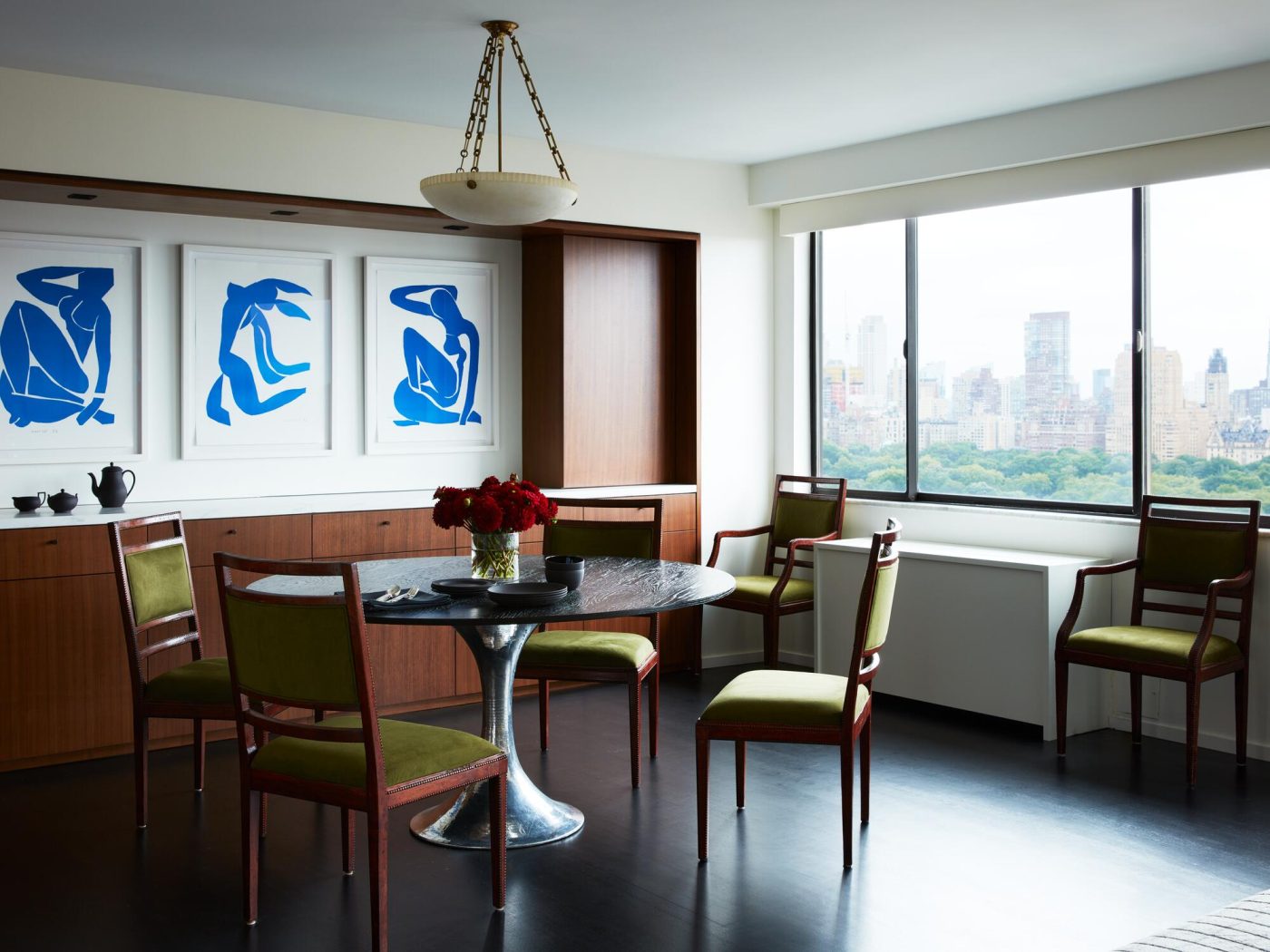
The client’s home in Texas is quite traditional, and she wanted this apartment “to be sleeker, a more New York approach,” says the designer, who went with mid-century and contemporary furniture from Charles Pfister, Widdicomb, Knoll and the like.
However, she notes, “there are some really beautiful proper antique pieces, as well,” including the foyer’s 18th-century French régence giltwood mirror and turn-of-the-19th-century English Regency drop-leaf games table.
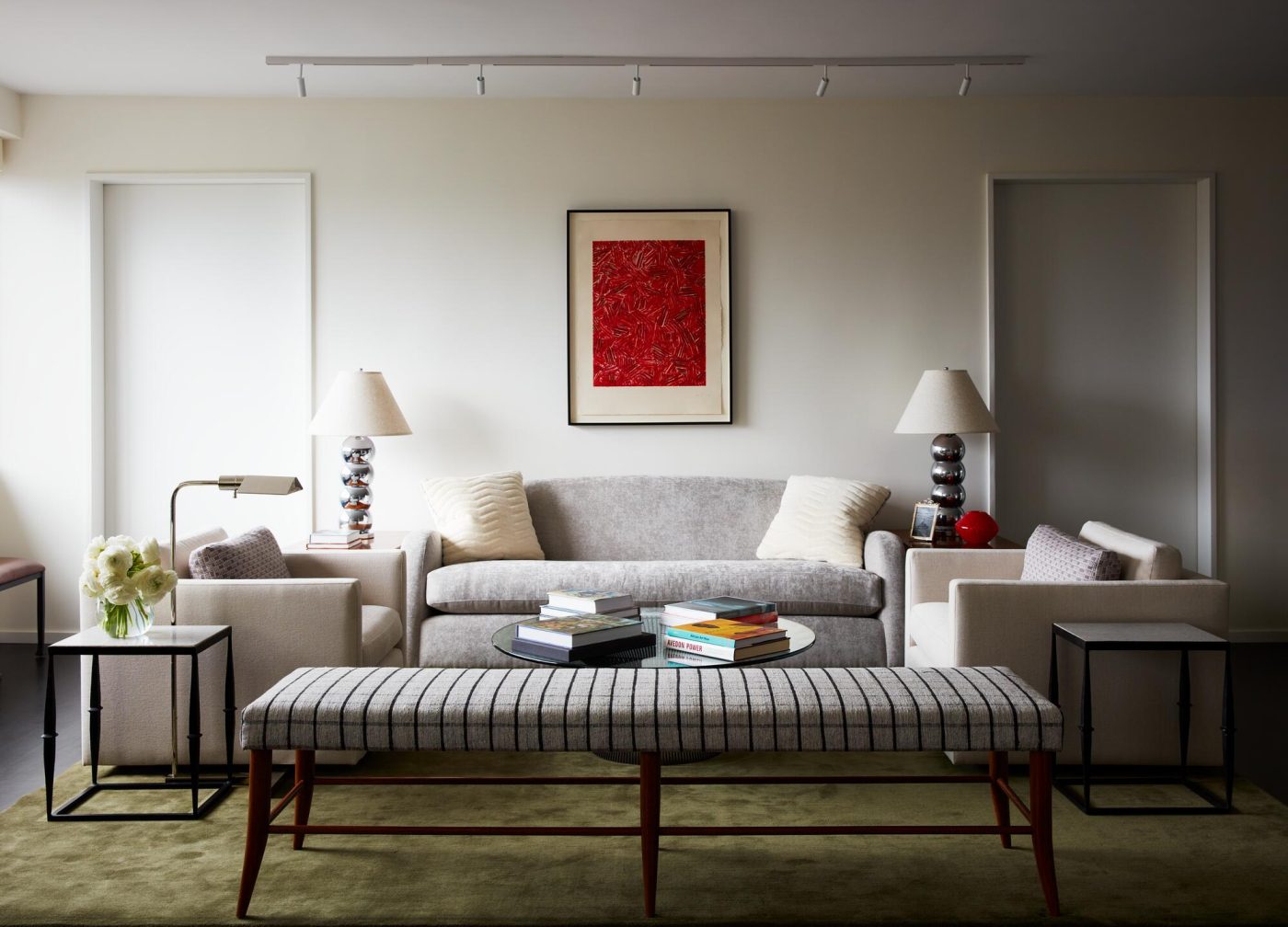
Many other “proper antiques” are enjoying the spotlight this autumn in Eifler’s room at the Brooklyn Heights Designer Showhouse — open to the public through November 3. That project allowed her to be something of her own client.
“Having grown up here, it was very meaningful to get to design a parlor in an iconic Brooklyn space” — a late-Greek Revival townhouse — “and do exactly what I would do for myself,” she says.
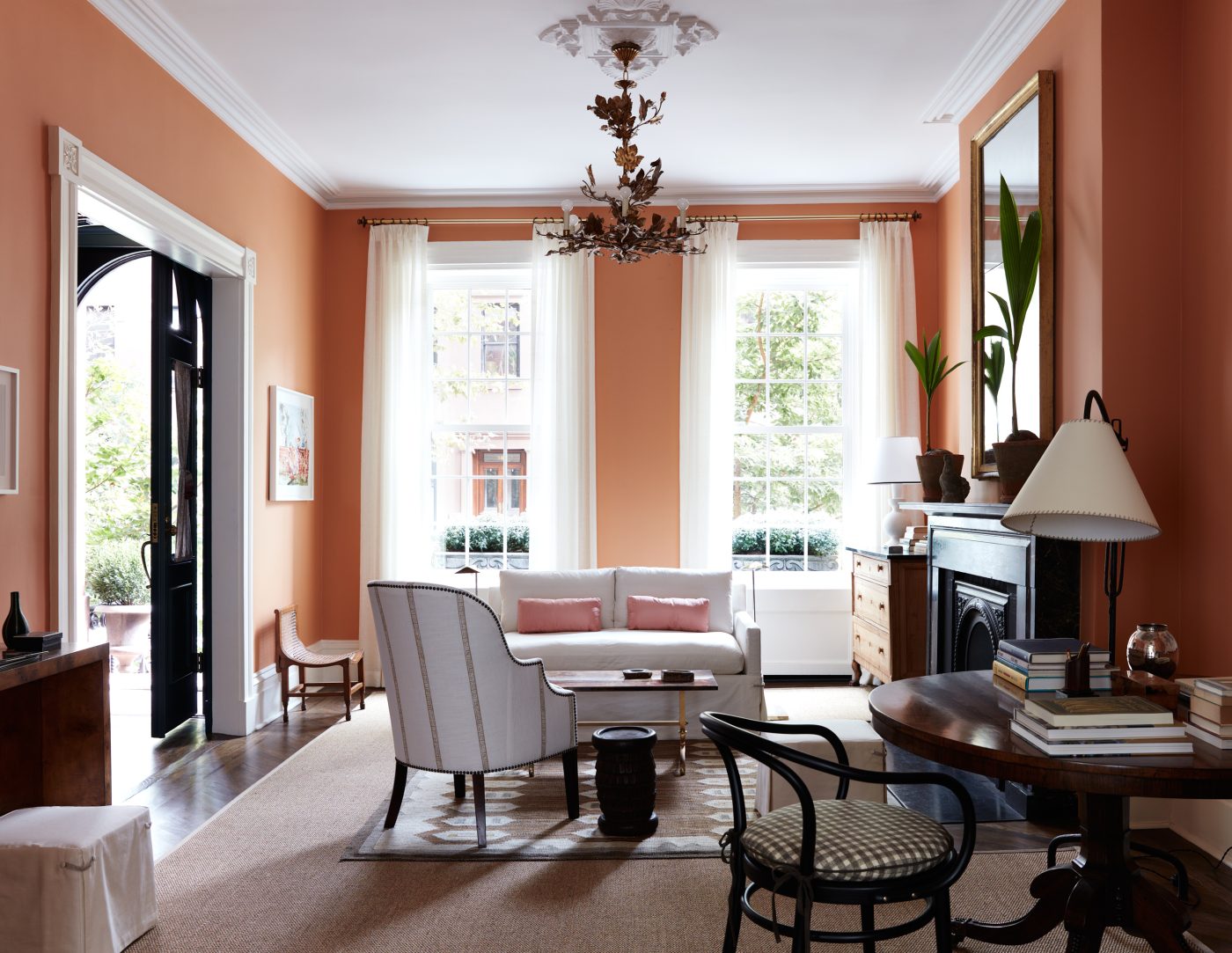
Accordingly, she combined small, moveable pieces — such as a 1960s Aldo Tura coffee table from Guy Regal and a circa 1830 rosewood center table from Yew Tree House Antiques — including several on wheels. And around them, she wrapped warm terracotta-colored walls.
“I like to create flexible spaces for clients, especially in New York apartments,” says Eifler, who has several such commissions in process right now. “Space is so precious. So this showhouse room can wear many hats. It’s an intimate living room but also can convert to host a fabulous party for larger groups. It’s meant to be a Home office, a book-reading room, a music-listening room.”
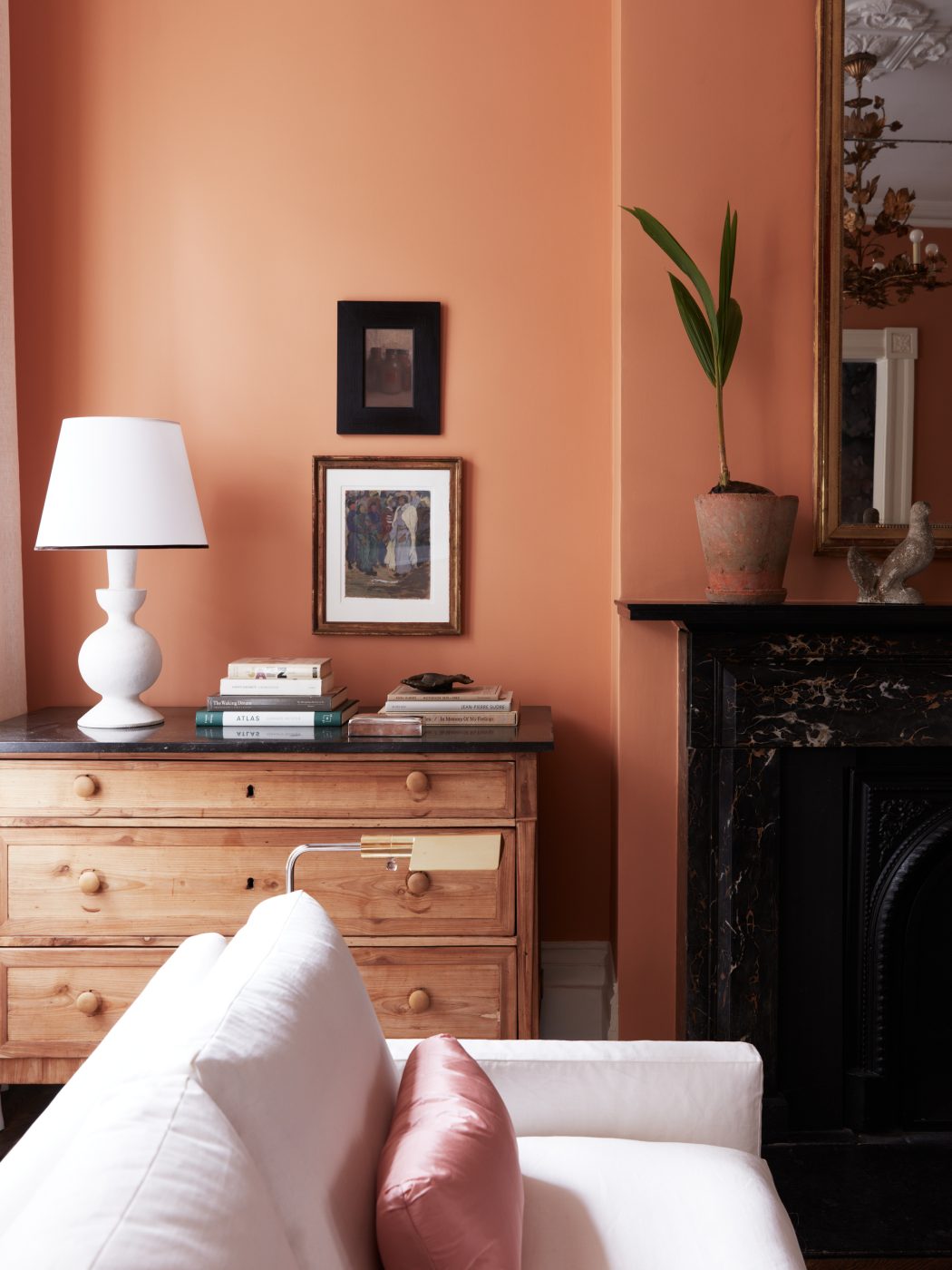
This both/and, all-of-the-above approach has served Eifler’s clients well, and it’s bringing her joy, too.
“One of my favorite things to do is to help people make the best use of their spaces,” she says. “I just love the puzzle process that comes with interior design.”

